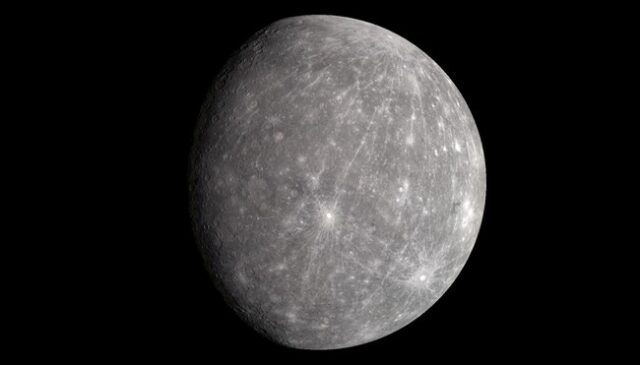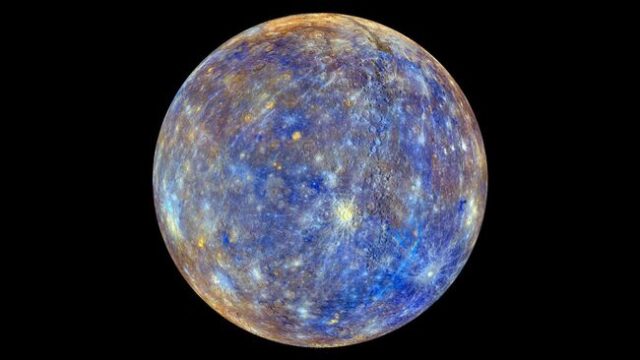
A bi-disciplinary scientific study has revealed that Mercury could have an 11-mile-thick layer of diamonds at the boundary layer of its core and mantle. This extraordinary discovery stems from research into the planet’s least understood aspects. Despite Mercury’s proximity to Earth, much about its composition remains a mystery. Diamonds, composed of pure carbon, are common under high pressure and temperature conditions, which align with Mercury’s environment during its formation 4.5 billion years ago. The MESSENGER spacecraft, which orbited Mercury from 2011 to 2015, provided vital clues through its observations of the planet’s grey surface, rich in graphite—a form of pure carbon.

Researchers, including Yanhao Lin from the Center for High-Pressure Science and Technology Advanced Research in Beijing, recreated Mercury’s extreme conditions in a lab, applying intense pressure and heat to a mixture containing graphite and other elements from Mercury’s mantle. Their experiments confirmed that graphite can transform into diamond under these conditions. By correlating their lab findings with MESSENGER’s data, they estimated that the diamond layer beneath Mercury’s surface could be about 11 miles thick. While direct mining of these diamonds is impractical due to their depth, Bernard Charlier from the University of Liège suggests that volcanic activity might bring some diamonds to the surface. This idea aligns with existing technologies and plans for robotic space mining, making it conceivable that Mercury’s diamonds could someday be accessed without environmental or human harm.














